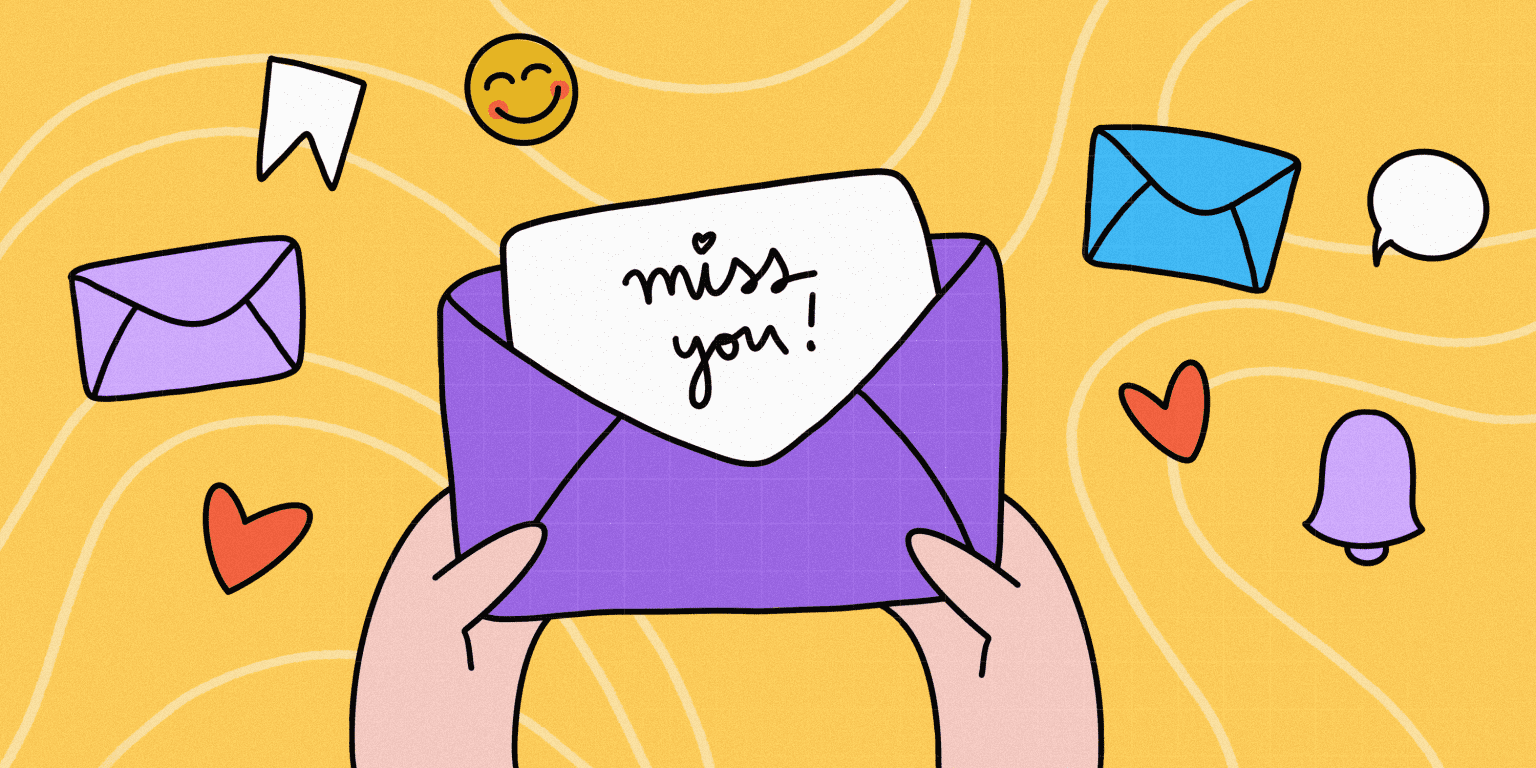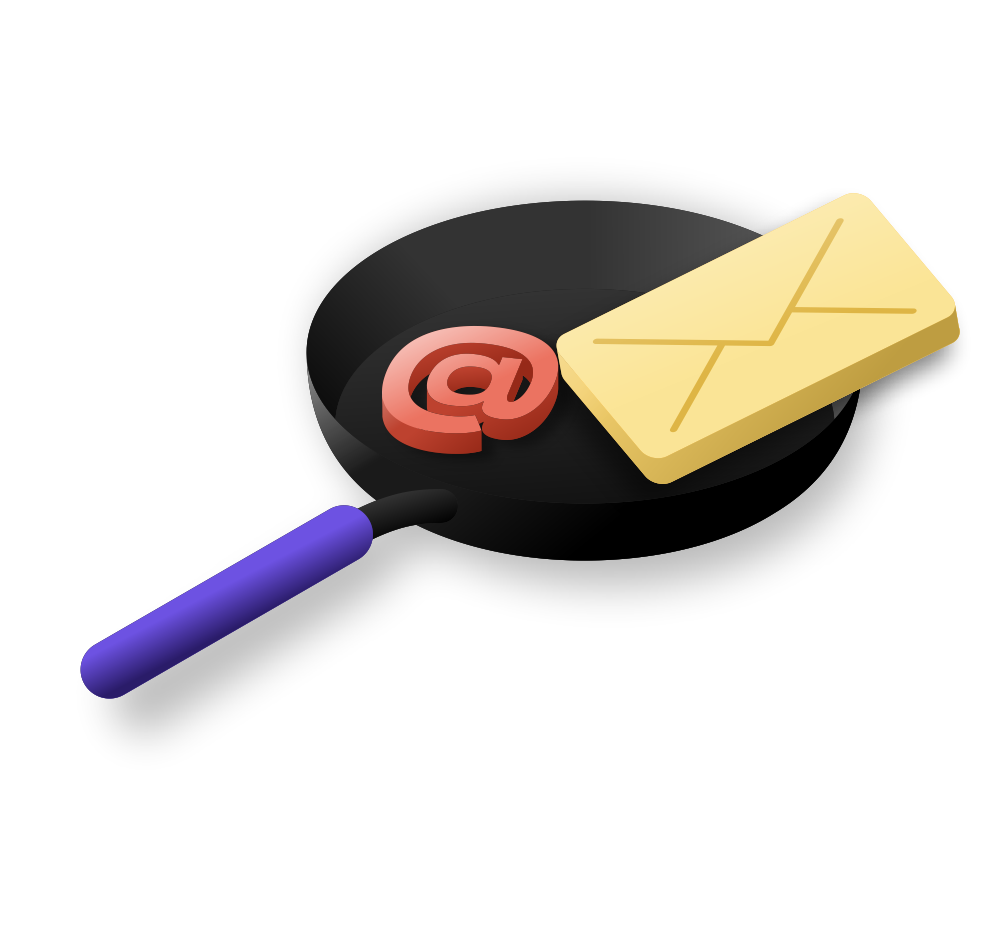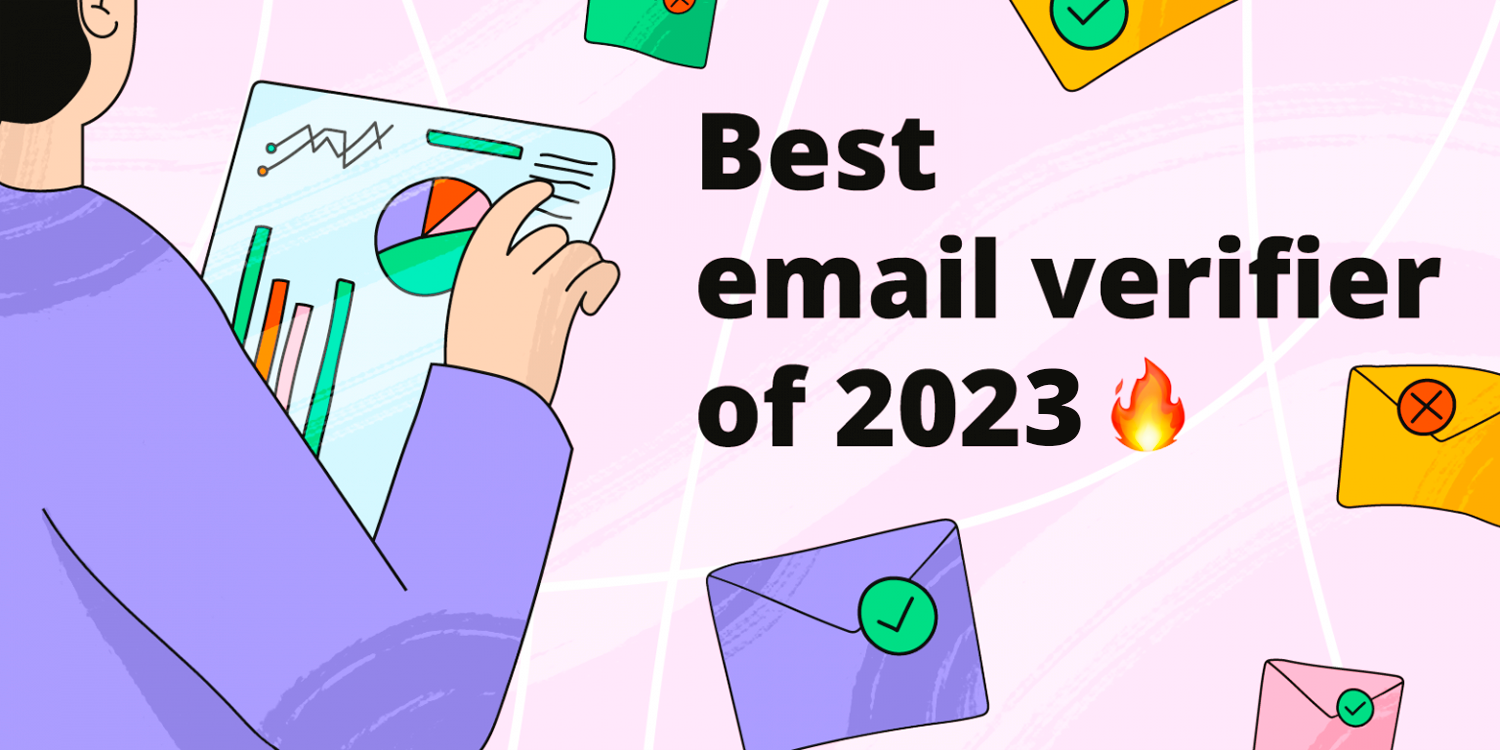As an experienced or would-be experienced email sender, you might know how much it matters to keep your email KPIs strong. Email opens, clicks, low spam rate – these are the milestones of your high sender reputation and email deliverability rate, hence the determinants of your email campaign success.
While you’ll hardly find a single key to solving all email deliverability issues, there is one tactic that helps maintain your image of an email sender on a decent level – regular email list hygiene, i.e., email list cleaning.
But what does email hygiene mean? How to keep your email list clean? What will happen if you avoid this practice? In minutes, you’ll find the answers to all these questions.
Read on:)
Outline:
What is email hygiene?
Email hygiene, or email list cleaning, is a practice of regularly updating your email contact list by removing invalid (outdated or fake) emails and inactive subscribers.
Just like you scrub your body, removing non-functional cells while taking a shower, you free your email list from contacts that don’t show any sign of life. Not a surprise some email marketers use the term ‘email scrubbing’ as a synonym for email hygiene or list cleaning.
What is the need for email hygiene?
If you draw a parallel with your body hygiene, the importance of cleaning an email list looks evident: you want to keep an email list health as strong as possible and improve your overall email campaign performance. By doing regular email hygiene, you’ll be able to achieve these results.
Benefits of email hygiene
Lower bounce rate
Emails have an unpleasant tendency to bounce back when they can’t be delivered. This happens when you send them to non-existent email addresses.
|
Bounces can negatively impact your overall sender reputation and ability to deliver emails to your recipient’s inbox! |
By regularly cleaning your email list, you ensure it consists of valid emails, so the next time you send your campaigns to these contacts, your emails will have much more chances of being delivered and opened, while your reputation won’t be at risk.
Reduce spam complaint rate
If your emails are not welcomed, people might mark them as spam with high hopes they won’t see your lovely annoying ‘Hi there’ in the inbox any longer. And when spam complaints become a regular thing, email service providers (ESPs) flag your email account for unsolicited email behavior.
The result?
Farewell to your high email deliverability rate.
As soon as you start cleaning your emails from contacts not interested in your content, you won’t need to worry about sending irrelevant emails – a good reason not to expect another spam complaint like a stab in the back, isn’t it?
Grow sender reputation
An email sender with few bounces and spam complaints is a credible email sender for ESPs. Therefore, removing invalid or uninteresting email contacts from your email list allows you to gain a higher sender reputation and increases the chances of your emails landing in the recipient’s inbox.
Increase email engagement
Regular email list hygiene lets you focus on the right contacts – those that would love to get your emails. Satisfy your email recipients’ needs, and they’ll pay you back by opening and responding to your emails. This is a sure way to build meaningful relationships with your subscribers.
Improve email deliverability
The more positive feedback you receive, the better your reputation as a sender, hence the higher your deliverability rate. The higher the deliverability – the higher volume of your email outreach.
Win more customers
I can continue this logical chain of email cleaning benefits, but you’ve probably guessed the outcome already – by increasing email deliverability and email engagement, you improve communication with prospects and transform more of them into paying customers.
And it all starts with email list scrubbing.
|
Regular email list cleaning is a good start for your business growth. |
How often should you clean your email lists?
It is estimated that over 20% of all emails expire every year, which means you need to scrub your email list at least once a year. But I would call it an extreme timeline. You can find various expert recommendations telling you to do email list hygiene once per 6 months, once every 3 months, or even more often.
Overall, it all depends on the size of your list, the regularity of your email campaigns, and, of course, the industry you are running your business in.
For instance, for e-commerce companies that send email campaigns to their customers weekly, a healthy routine would be to do email scrubbing once a month.
I would advise you to stick to 3-month regularity and also recommend analyzing your previous email cleansing campaigns. This will help you better understand the ratio of invalid or uninterested contacts against valid addresses and plan your email scrubbing ahead.
How to keep your email list clean: 8 email hygiene best practices
Email hygiene demands regularity and consistency, so I won’t exaggerate if I say that you need to work out your own email scrubbing strategy to turn the wheel and never stop it. Here are eight best practices to help you clean up your email list effectively:
1. Analyze your email list
To stick to the email scrubbing routine and schedule your email list cleaning campaign, you need to first consider the quality and quantity of your contact data.
Assess whether your email list has duplicates, check for typos, and look at how many contacts stay cold to your messages. By doing such analysis regularly, you’ll understand the percentage of inactive subscribers in your list and plan your email scrubbing accordingly.
2. Use a double opt-in
Create the most favorable conditions for filtering your email list through a double opt-in. A double opt-in presupposes that a user submits their email address to a form on your landing page; then, they receive a confirmation email to prove their subscription.
Double opt-in prevents your emails from being automatically marked as spam, helps break the ice and send your new user a welcome email, and, most importantly, saves your email list from contacts who are not eager to read your email messages.
3. Make it easy to unsubscribe
It’s not unusual that some subscribers forget they once opted in to your email list. But it can become a real problem for you as these users might put your emails straight in the spam folder – which, as you know, is not the best outcome.
It’s much better if you give them the option to unsubscribe from your list whenever they wish. On the one hand, you show people you respect their choice; on the other hand, you let your email list clean itself:)
4. Manage bounces
I’ve already touched upon the problem of bounces above. They can significantly spoil your email deliverability and sender reputation. So get used to analyzing them as well.
Bounces are commonly divided into two types: soft and hard. Soft bounces happen when an email recipient’s inbox is full or a server is down. These temporary deliverability problems won’t cause much trouble – you can resend emails to such addresses later, and they’ll be delivered.
Hard bounces, on the contrary, are a pain in the neck. They mean you’re sending emails to invalid email addresses. It’s a signal you should remove these contacts from your list without delay.
5. Re-engage inactive subscribers
If your users ignore your emails, it doesn’t necessarily mean they don’t want to hear a word from you. You’re probably sending them the content they’re not interested in at the moment, or your emails are reaching their inbox at the wrong time.
Don’t hurry up to remove these contacts from your email list. First, send them a re-engagement email, where you would try to win back the disengaged by a tempting gift, discount, or VIP content.
A good gesture is to ask inactive subscribers to update their preferences, so they can point out what type of content they’d like to get from you and how often.

How To Win Back Lost Customers With Re-Engagement Emails
8 August 2022

Email Frequency: Best Practices For Email Marketers
25 July 2024
6. Segment your email list and remove inactive subscribers
I’ll never be tired of repeating that segmentation is one of the cornerstones of email marketing. And it streamlines your email list cleaning.
Make separate lists for different categories of your subscribers. For example, one list will include spam markers – these emails should be removed immediately. One list will embrace inactive contacts you can still try to re-engage with. The third list will be for subscribers who remained inactive even after your impeccable re-engagement efforts – email list hygiene requires you to remove them as well.
By doing this, you won’t get lost among your contacts and will filter your list more productively – by dealing with each group separately.
7. Use an email cleaning service
No matter how many email cleaning tricks you learn, if you are a lucky owner of a long list of users, coping with the process manually can become real trouble.
A good automation tool is your everything in such a case.
There are dozens of email scrubbing tools available on the market today. To ease your choice, we’ve tested 9 most common email validation and list cleaning services to find out which performs best. In addition, you can find more information about the types and best examples of such tools in one of our recent posts.
For example, with such an email verification tool as Snov.io, you can check the whole list of emails for being valid within minutes. This service provides you with the following:
- 7-tier verification process that makes email validation precise and thorough.
- Real-time verification that ensures you’ll receive only fresh results.
- Clear functionality: all emails are divided into valid (green), invalid (red), and unverifiable (orange).
- Powerful Chrome extension that allows you to verify, generate, and extract email addresses from websites and social networks on the go.
8. Work out your own email hygiene algorithm
Now that you’ve enriched your knowledge with a good deal of email scrubbing tactics, I can’t forget about the best of the best practices – I recommend you work out your own mechanism for how to clean up your email list.
Think of all the steps you need to take and list them in the logical order to always have this algorithm in front of your eyes. It will help you quickly master the email cleaning practice or serve as a guide for a person/team who will do email scrubbing for you.
Need an example to start? Snov.io has one to guide you on how to clean up your email list with no pain.

Feel free to steal this algorithm or create your own list of email list-cleaning steps.
Start cleaning email lists today!
If your business depends on email outreach, email list hygiene should become as crucial for you as your personal one. And the more responsible you are about it, the stronger your email marketing health. May the above email scrubbing best practices and a simple email list cleaning algorithm back up your email list cleaning campaigns. Meanwhile, Snov.io will care about automation and make the email scrubbing routine more enjoyable.
What about testing Snov.io Email Verifier for free now?
Register at Snovio to secure your freemium and unlock more sales tools.






